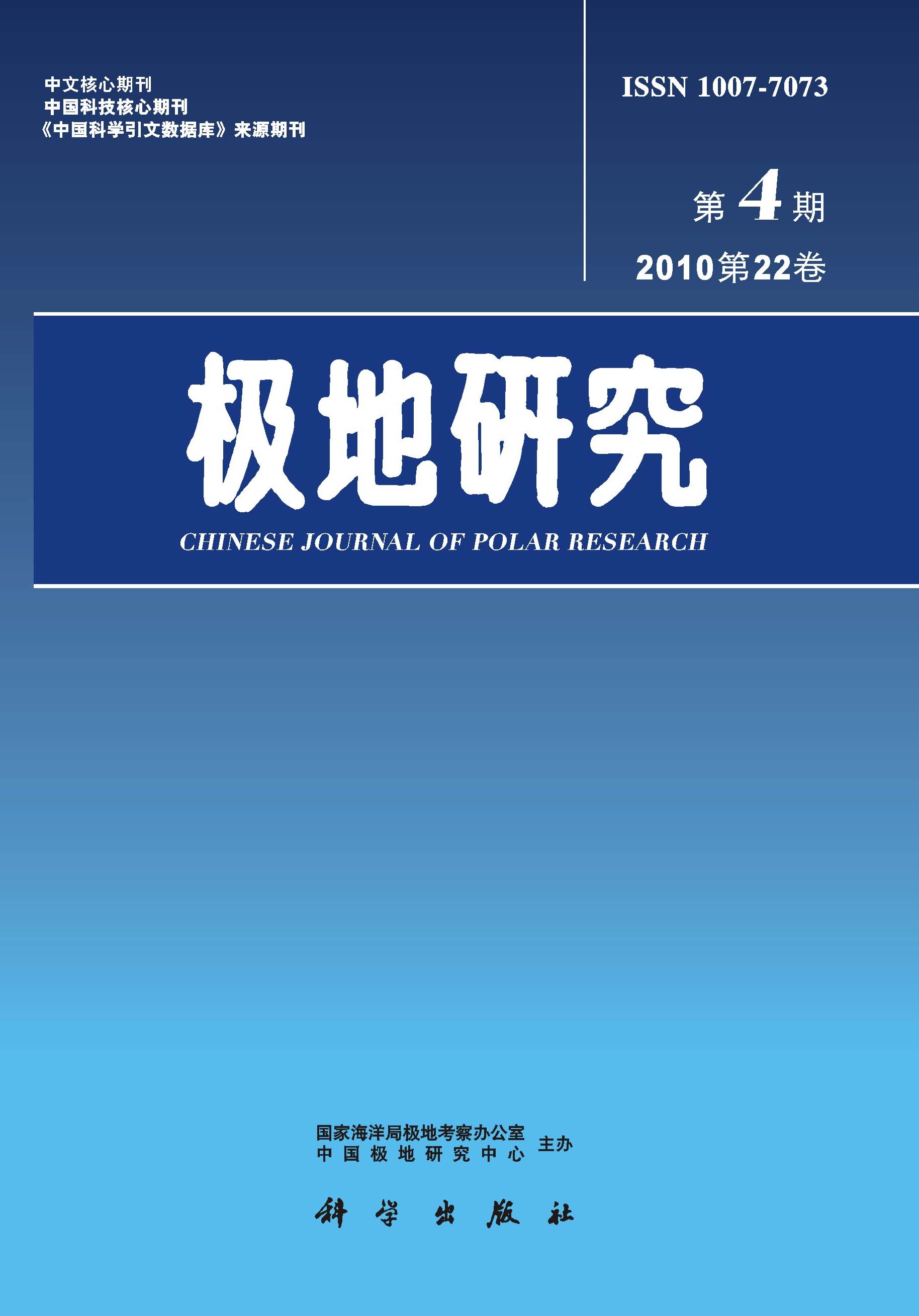In the Great Wall Bay, Antarctica, in Fab. 1985, the samples were obtained for the first time, which were vertically hauled from the bottom to the surface with a plankton net (area of net mouth:0.1m 2, mesh:77μm) specially designed for investigation of the Chinese coastal zone. Among the 31 species of the phytoplankton identified, diatoms account for 93%, silicoflagellate and dinoflagellate 1 species, respectively. The ecological feature of species composition is that the cold-water species rank most in proportion. In this bay the cell numbers of phytoplankton is 162.5×10 4/m 3. The range of variation is between 56.7×10 4~344.5×10 4/m 3. The distribution tendency is lower at the bottom of the bay than at the bay mouth. The most dominant species are Chaetoceros socialis, Rhizosolinia alata f.inermis, Biddulphalus striata and Rhiz. styliformis var. longispina. The cell number ofChaetoceros socialis is 70.2×10 4/m 3, accounting for 43.2% of total. The quantitative distribution of the species gradually tend to decrease from the bay bottom to bay mouth. Chaetoceros socialis almost disappear near the bay mouth. The quantitative distributions of the other three species are contrary to that of Chaetoceros socialis, especially the distribution of Biddulphia striata which is densified mainly in the bay mouth. Its number is not exceed 1×10 4/m 3 in the other three stations. Thus it can be seen that the exchange of water in the Great Wall Bay is not violent. The bay mouth sustain marked influence from the ocean water, thus causing the pelagic species to densify there. On the other hand,the inside of the Bay is controlled by coastal water.

